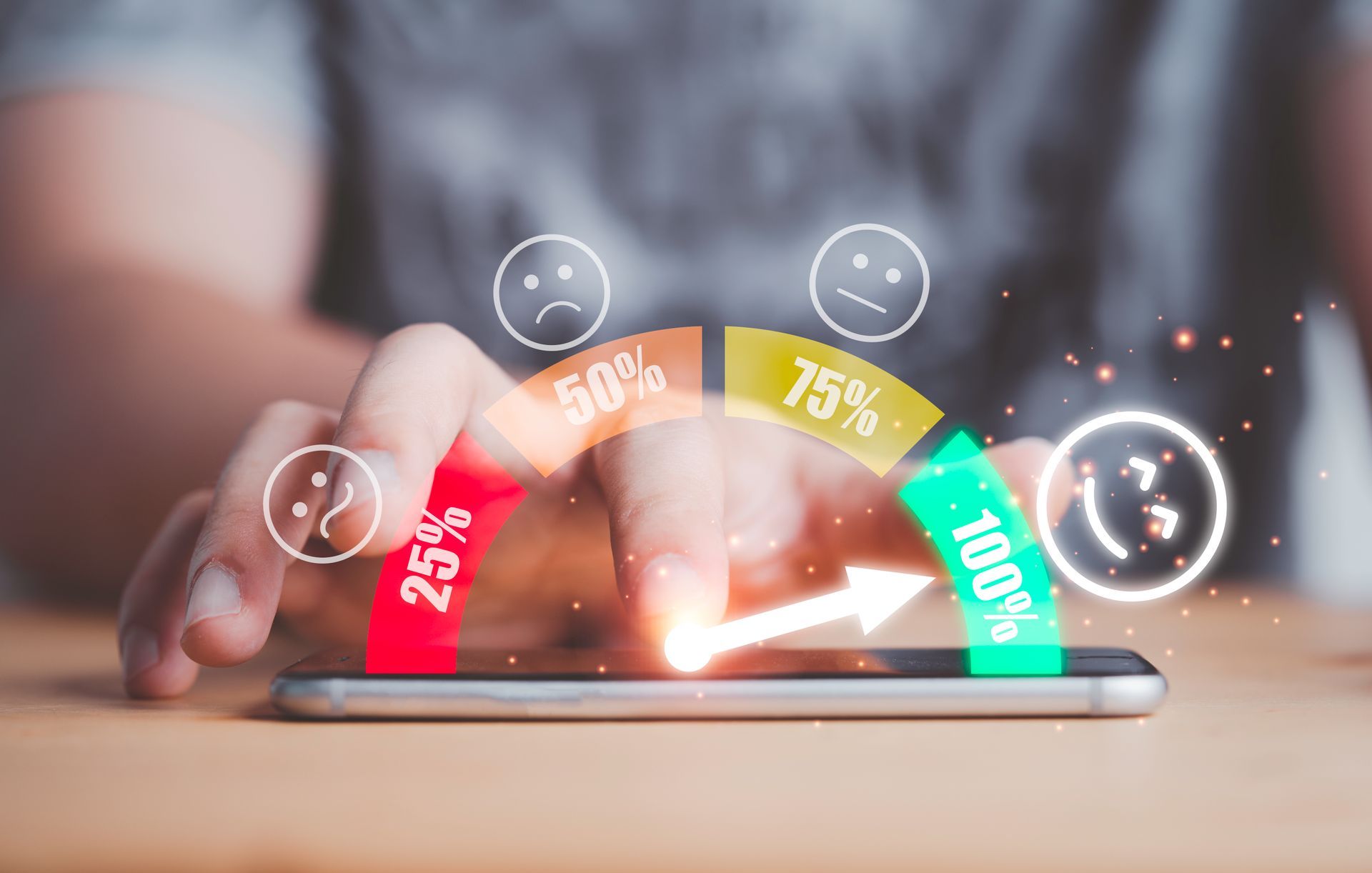This Little-Known Relief Option Is Helping Thousands Pay Off Credit Card Balances
The Debt Spiral No One Talks About
You make your minimum payment. Then you do it again next month. And again. But somehow, the balance on your credit card barely budges—and your stress level keeps climbing.
For millions of Americans in 2025, this is the reality. Credit card debt has quietly become one of the country’s most pressing financial problems. According to recent data, more than 40% of U.S. households carry revolving credit card balances, with interest rates hovering around 22% or higher.
“It felt like I was just feeding the beast,” says Carla, a 38-year-old nurse from Missouri. “No matter what I paid, it was like my balance never went down.”
But while traditional debt consolidation and balance transfer cards get most of the attention, there's a lesser-known option that’s helping people like Carla break free: third-party hardship-based debt relief programs—sometimes called soft-settlement programs.
What Is This “Little-Known” Option?
These debt relief programs operate outside of the typical banking or credit counseling systems. They’re not loans. They don’t involve bankruptcy. And they’re not just about lowering your interest rate.
Instead, they connect borrowers with specialized negotiators who work with credit card companies to potentially reduce the total amount owed—not just the interest. This is often done by structuring a new, more affordable repayment plan based on your income and hardship status.
The best part? Many of these programs are now supported or vetted by state and federal consumer protection initiatives.
“These programs used to fly under the radar or were harder to find,” explains Jill Monroe, a financial coach who works with clients facing major debt. “Now, they’re becoming more accessible and more trusted because of oversight and better regulation.”
How It Works: A Quick Breakdown
Here’s a simplified version of how these programs typically operate:
> You take a quick eligibility assessment—usually online or by phone
> A debt specialist reviews your financial picture
> They contact your creditors to negotiate a new plan—possibly including:
> A reduction in your total debt
> A pause or drop in interest rates
> Lower monthly payments
> A single, structured monthly payment plan
> You follow the new plan, and once the agreed-upon terms are met, the remaining debt may be forgiven
It’s not magic. It takes time and consistency. But it works—especially for people who feel stuck.
Real People, Real Results
Carla, the nurse from Missouri, found one of these programs through a short online quiz. “At first, I thought it was a scam,” she admits. “But everything was clear and transparent. Within three months, my interest was frozen, and my payments were cut in half.”
Her original $18,000 debt? “I’m on track to have it fully paid off in three years instead of ten.”
Stories like Carla’s are becoming more common as awareness grows. And while these programs aren’t the right fit for everyone, they can be life-changing for those who qualify.
Is It Right for You?
These programs tend to be best for people who:
> Have $7,500 or more in credit card debt
> Are only able to make minimum payments (or have missed a few)
> Are experiencing financial hardship (job loss, medical bills, divorce, etc.)
> Have a steady income but can’t get ahead due to interest and fees
They may not be the right choice if you have excellent credit and can qualify for a 0% balance transfer card or if you can pay your debt off within a year.
But for the millions who fall in between—those who are overwhelmed but not destitute—they can offer the breathing room that traditional solutions can’t.
What You Can Do Next
If you’re nodding along and thinking, This sounds like me, you might want to explore your eligibility. The first step is usually a free, no-obligation quiz that assesses your situation and matches you with available relief options.
There’s no hit to your credit score and no commitment required.
“I wish I’d done it sooner,” Carla says. “I spent so long being ashamed of my debt. But once I learned what was possible, I felt hopeful again.”
The Bottom Line
Credit card debt isn’t just a number—it’s a source of stress, sleepless nights, and stalled dreams. But solutions are out there, and they’re more accessible than ever before.
If you're curious about what options you might qualify for, take a few minutes to explore them. You might be surprised at what’s available—and how much better you could feel with a clear plan in place.
👉
[Take the Free 60-Second Relief Quiz to See What You May Qualify For]



